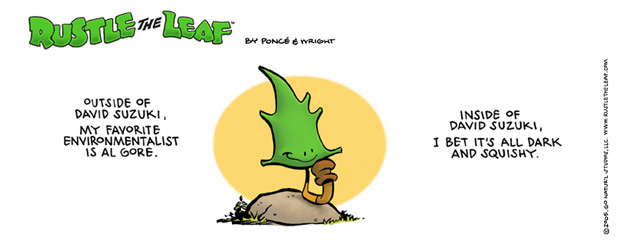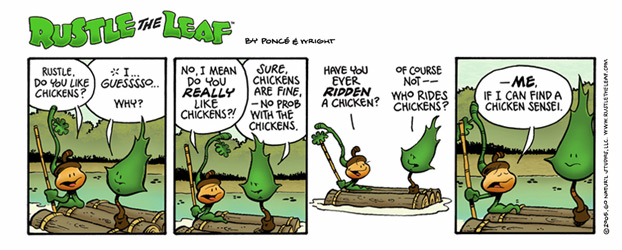
It's that time of year of year again when allotment gardeners sit at home with a hot cup of tea and peruse piles of seed catalogues whilst dreaming happy dreams of all the things they want to grow next season. Seed catalogues are very curious in that they vary widely even though they all do basically the same job. So I thought I'd do a quick rundown of some of the catalogues I have this year, and give them each a "star rating", out of a possible maximum 4 stars.
I have compared the prices for a "standard shopping basket" of a packet each of Ailsa Craig tomato seeds, Enorma runner beans, Partenon courgettes, Little Gem Lettuce, and Early Nantes carrots (I chose the varieties because they are very common and available in almost all catalogues).
The bottom line is - I'm certainly going to be placing an order with the
Real Seed Catalogue.
Dobies
*** Great Choice, Great PricesDobies is a well-established name in gardening, selling seeds and plants directly through their catalogues. I might have this wrong, but I don't think you can get Dobies seeds in garden centres and shops. Their catalogue is glossy with lots of photographs and detailed descriptions of each variety. Probably because they're so large their prices are very low.
Fruit and Veg Yes
Flowers and ornamentals Yes
Garden Equipment Yes
Plants and seedlings Yes
Online ordering Yes
Standard shopping basket price £7.75 inc. P&P The Organic Gardening Catalogue
*** Reasonable Prices For Organic Seeds, Especially Good for Books and EquipmentThe Organic Gardening Catalogue is a charity, and is the official catalogue of the Garden Organic (HDRA), Europe's leading organic gardening organisation. The catalogue is not glossy but is illustrated with colour photos and detailed descriptions of varieties. It sells organic seeds (and bulbs, sets etc.) and organic gardening equipment such as beneficial insect shelters, organic pest control and so on. It also sells an interesting range of books.
Fruit and Veg Yes
Flowers and ornamentals Yes
Plants and seedlings No
Online ordering Yes
Garden Equipment Yes
Standard shopping basket price £10.52 inc. P&P, but you get a 10% discount if you join Garden Organic which costs £28 for individual membership. Mr Fothergills
*** Good Choice, Good PricesMr Fothergills is another long established name in gardening. Its glossy catalogue has flowers on one side and if you flip it upside down and back to front the veg is on the other side. Lots of colour photographs and descriptions of varieties. They're not cheap, as you'll see from the price of a standard shopping basket. But if you order 5 non-offer items you can order any packet of seeds valued at up to £1.69 for 10p, and if you order 15 items you can order another packet of seeds valued at up to £2 for just 10p.
Fruit and Veg Yes
Flowers and ornamentals Yes
Garden Equipment Yes
Plants and seedlings Yes
Online ordering Yes
Standard shopping basket price £10.44 inc. P&P (Mr Fothergills don't sell Partenon courgettes so I substituted Tosca)Thompson & Morgan
** Confusing Catalogue, Confusing Offers, Most ExpensiveThompson & Morgan have been supplying seeds since 1855. Like all the other catalogues described so far it is glossy with full colour photos and full descriptions of varieties. The fruit and veg part of the catalogue is arranged unusually - all the patio vegetables are grouped together on a single page, there is a page for salad (except that patio tomatoes aren't on that page), all the tomatoes are together on a tomato page (except for the patio tomatoes which are on the Patio page, and Gardeners Delight tomatoes which are listen on the Salad page), and almost everything else is listed under Kitchen Garden Favourites. You might like this arrangement but I found it confusing and hard to find specific things I wanted. In fact, I couldn't find Enorma runner bean seeds, Ailsa Craig tomato seeds, or Partenon courgette seeds in the catalogue, which is surprising as those are pretty standard. But I did find them on the website. So a low "ease of use" score for T&M. They're quite pricey too, the most expensive "standard basket" of all the catalogues in this review, although they have a confusing array of offers - the catalogue says "2 free packets of seeds", for example, but when I went through the ordering process online I got one free packet. I don't follow it at all.
Fruit and Veg YesFlowers and ornamentals YesGarden Equipment YesPlants and seedlings YesOnline ordering YesStandard shopping basket price £12.14 inc. P&PReal Seed Catalogue
**** Rare and Heirloom Seeds at Very Good PricesThis is one of my favourites.
The Real Seed Catalogue is printed entirely in black ink on non-glossy paper, even the orange cover which is nonetheless very attractive and based on classic 19th century typographical designs. The whole operation is run by Kate and Ben (who have a new baby Josephine) and represents a private collection of rare and heirloom seeds, all non-hybrids (no F1s here). All the expected types of veg are available (tomatoes, lettuces etc.) in interesting and unusual varieties. And they also sell strange and rare things, such as amaranth and mustard greens for the home gardener. They even encourage customers to save their own seeds instead of buying it each year, and provide instructions on how to do so. I think that's extremely cool. Instead of the standard shopping basket, I have picked a typical example of carrots, lettuce etc for the price comparison here, because they only sell unusual varieties. They're surprisingly cheap. So cheap in fact that my shopping basket didn't reach the minimum order of £8 before P&P. I'll just have to buy something else to make up the difference - hmm, what shall I choose...?
Fruit and Veg YesFlowers and ornamentals NoGarden Equipment NoPlants and seedlings NoOnline ordering YesStandard shopping basket price £8.27 inc. P&P (all varieties were substituted as The Real Seed Catalogue only sells unusual and heirloom varieties)Chiltern Seeds
*** Interesting Selection and Quirky CatalogueChiltern Seeds are another unusual seed company who eschew colour photos in their catalogues, in favour of careful descriptions and quirky cartoon illustrations. Like The Real Seed Catalogue, they specialise in rare and heirloom varieties, but unlike TRSC they also sell F1 hybrids. Their prices are comparable to Mr Fothergills and The Organic Gardening Catalogue, and significantly cheaper than Thompson & Morgan.
Fruit and Veg Yes
Flowers and ornamentals Yes
Garden Equipment No
Plants and seedlings No
Online ordering Yes
Standard shopping basket price £10.43 inc. P&P (I substituted Polestar for Enorma runner beans and Nero Di Milano for Partenon courgettes)D.T.Brown & Co.
**** Cheapest for a Standard Basket of Seeds
D.T.Brown & Co. are approaching their centennial as a seed and bulb supplier. Their non-glossy colour catalogue has far more fruit and veg than flowers (which is what I like to see), and is full of photos and detailed descriptions of varieties. They have a small selection or organic seeds, but most of their seeds are conventionally grown. They are the cheapest catalogue in this review, and if you order 5 packets of seeds you can choose a Centennial Collection for 5p, after 12 items you can pick a free packet worth up to £1.50, and if you order 20 items you get another Centennial Collection for 5p, 25 items and that's another free packet worth up to £2.50. Not to be sniffed at.
Fruit and Veg YesFlowers and ornamentals YesGarden Equipment YesPlants and seedlings YesOnline ordering YesStandard shopping basket price £7.50 inc. P&P (I substituted Defender for Partenon courgettes)
 I got an email that made my day:
I got an email that made my day:



















 I was telling you about the
I was telling you about the 